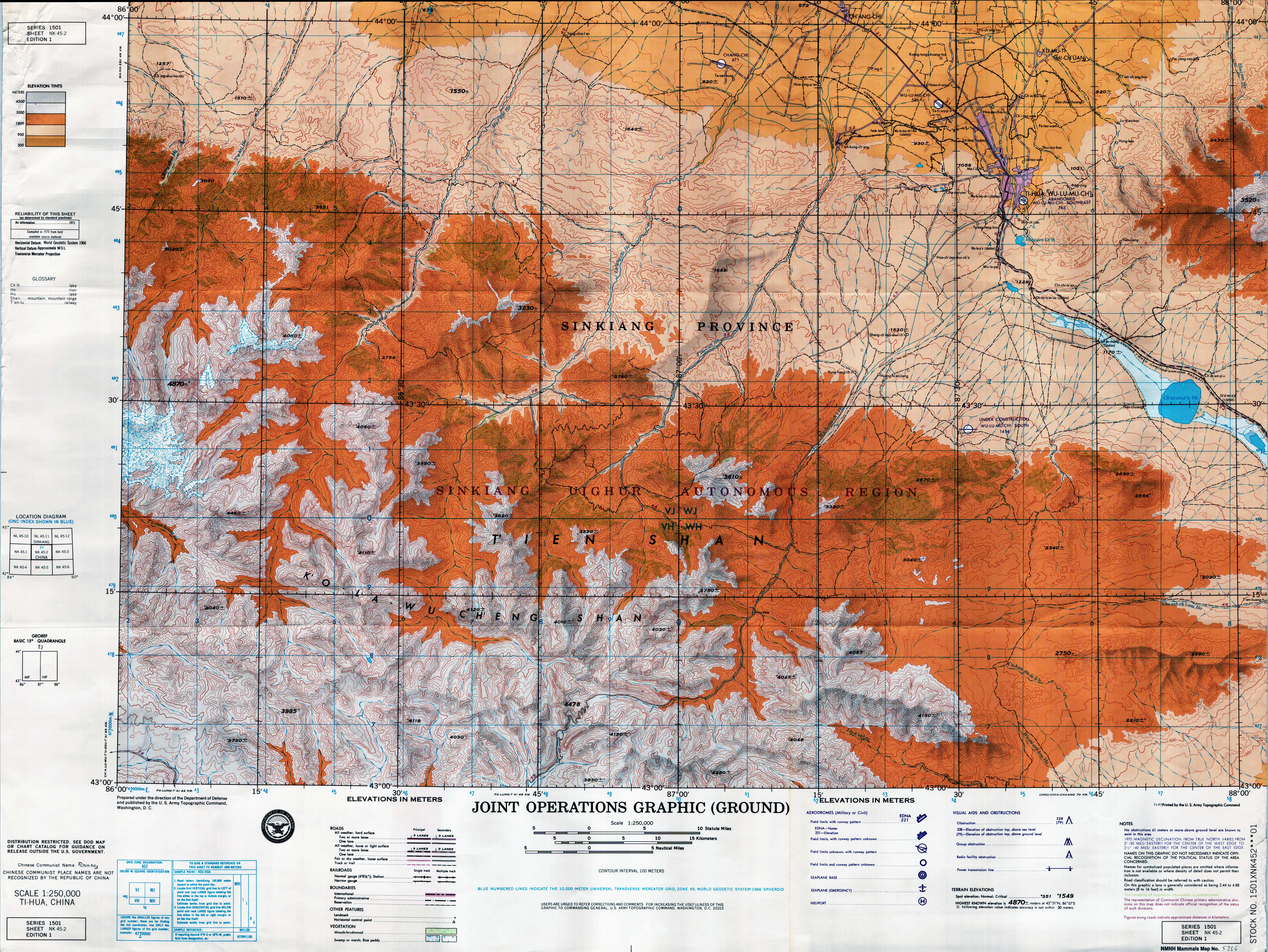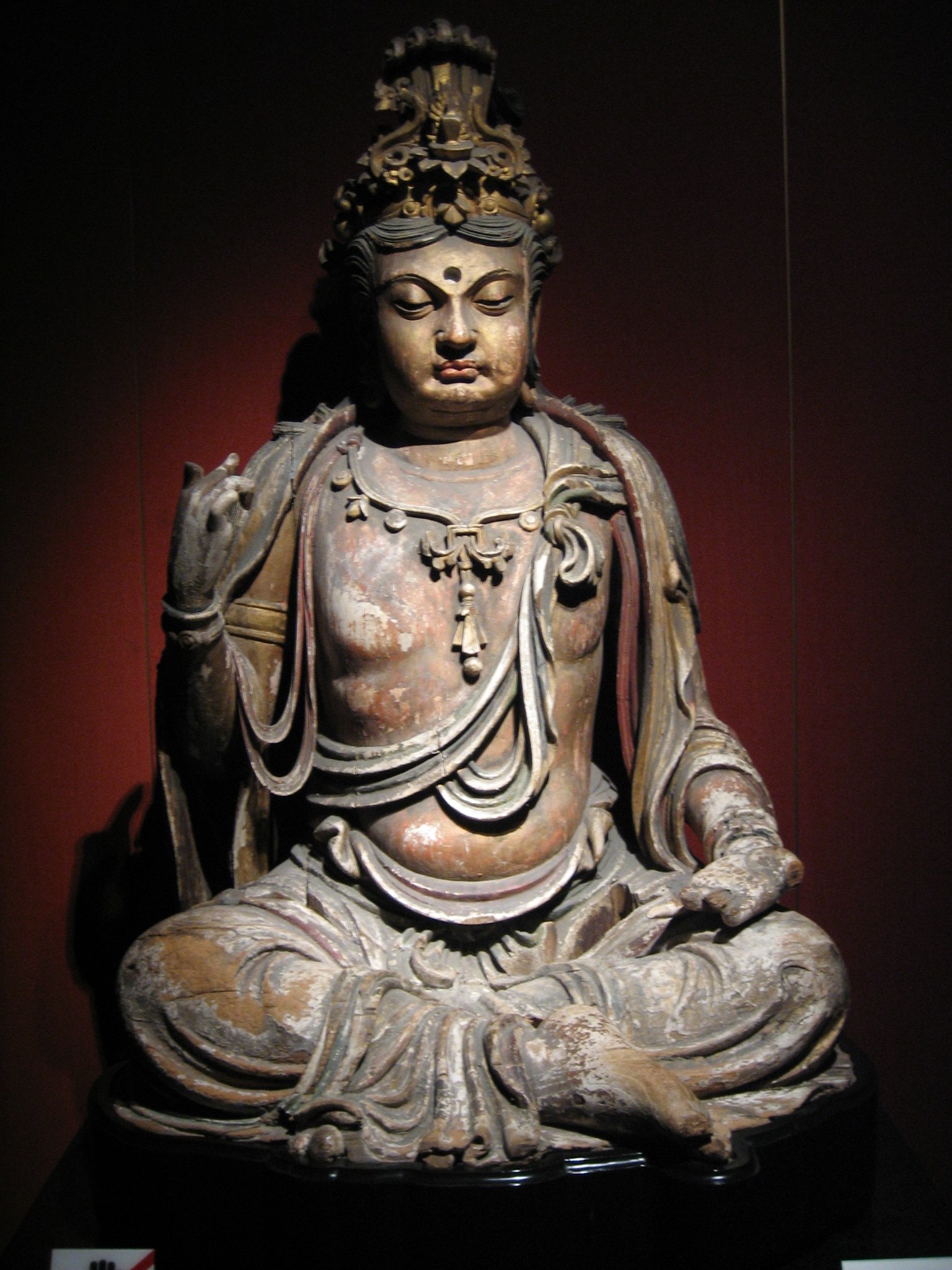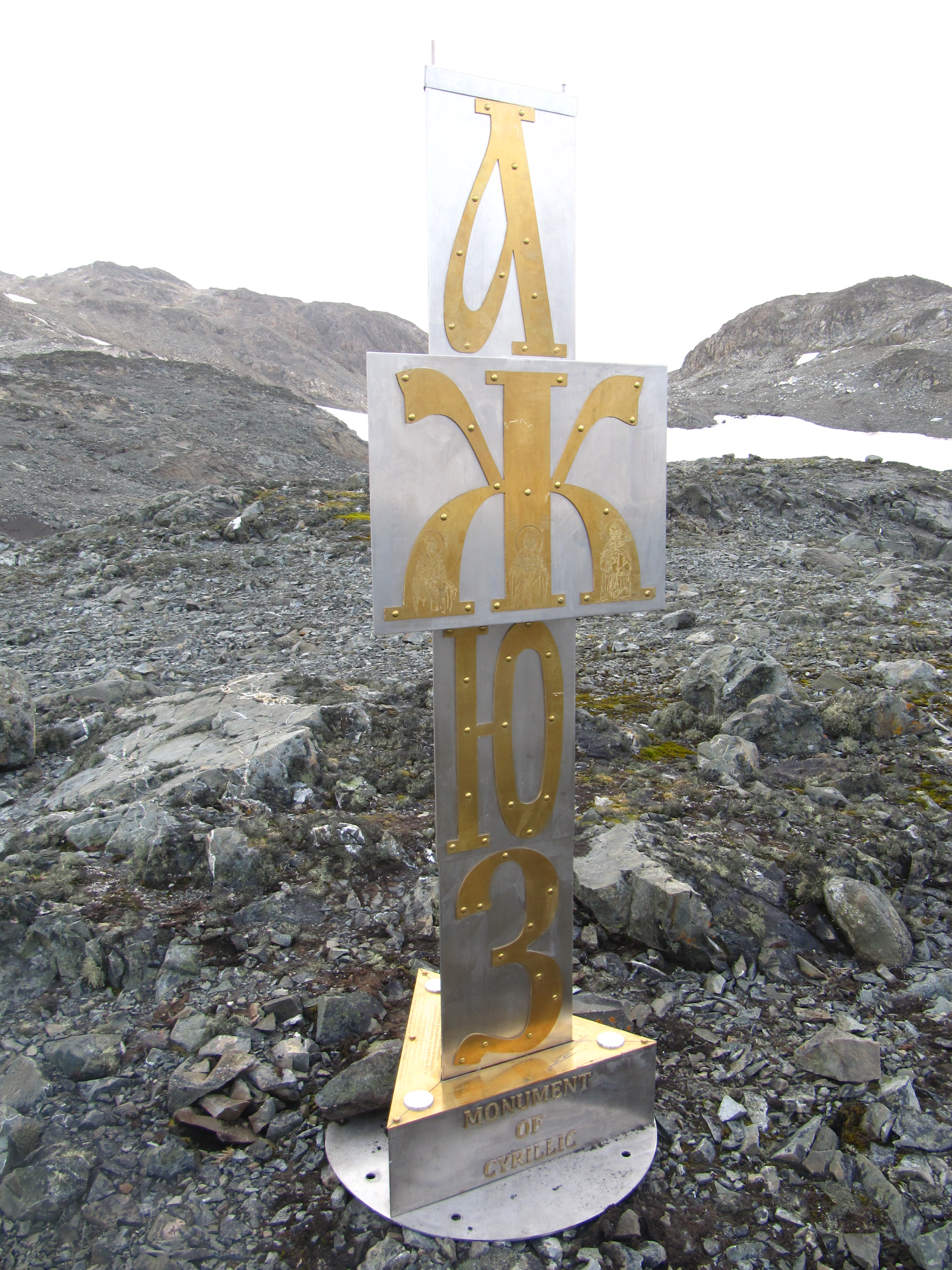|
Mongolian Language In Inner Mongolia
In the Inner Mongolia Autonomous Region of China, the Mongolian language is the official provincial language (alongside Chinese). Mongols are the second largest ethnic group (after Han Chinese), comprising about 17 percent of the population. There are at least 4.1 million ethnic Mongols in Inner Mongolia, including subgroups like the Chahars, Ordos, Baarin, Khorchin, Kharchin, and Buryats. While there is a standardized dialect of the Mongolian language in Inner Mongolia (in contrast to the standard language in the state of Mongolia, where the Khalkha make up most of the population), different Mongolian dialects continue to be spoken by different subgroups of the Mongols. Some proposed the Peripheral Mongolian dialect group to cover the Mongolian dialects in Inner Mongolia. Overview The Mongolian language is the most widely spoken and best-known member of the Mongolic language family. Most speakers of the Mongolian language reside in the independent state of Mongolia and ... [...More Info...] [...Related Items...] OR: [Wikipedia] [Google] [Baidu] |
China
China, officially the People's Republic of China (PRC), is a country in East Asia. It is the world's List of countries and dependencies by population, most populous country, with a Population of China, population exceeding 1.4 billion, slightly ahead of India. China spans the equivalent of five time zones and Borders of China, borders fourteen countries by land, the List of countries and territories by land borders, most of any country in the world, tied with Russia. Covering an area of approximately , it is the world's third List of countries and dependencies by area, largest country by total land area. The country consists of 22 provinces of China, provinces, five autonomous regions of China, autonomous regions, four direct-administered municipalities of China, municipalities, and two special administrative regions of China, Special Administrative Regions (Hong Kong and Macau). The national capital is Beijing, and the List of cities in China by population, most populous cit ... [...More Info...] [...Related Items...] OR: [Wikipedia] [Google] [Baidu] |
Mongolia
Mongolia; Mongolian script: , , ; lit. "Mongol Nation" or "State of Mongolia" () is a landlocked country in East Asia, bordered by Russia to the north and China to the south. It covers an area of , with a population of just 3.3 million, making it the world's most sparsely populated sovereign nation. Mongolia is the world's largest landlocked country that does not border a closed sea, and much of its area is covered by grassy steppe, with mountains to the north and west and the Gobi Desert to the south. Ulaanbaatar, the capital and largest city, is home to roughly half of the country's population. The territory of modern-day Mongolia has been ruled by various nomadic empires, including the Xiongnu, the Xianbei, the Rouran, the First Turkic Khaganate, and others. In 1206, Genghis Khan founded the Mongol Empire, which became the largest contiguous land empire in history. His grandson Kublai Khan conquered China proper and established the Yuan dynasty. After the c ... [...More Info...] [...Related Items...] OR: [Wikipedia] [Google] [Baidu] |
Zhenglan (Xulun Hoh) Qi
Zhenglan (Xulun Hoh) Banner, also known as Plain Blue Banner or Shuluun Huh Banner, ( Mongolian: , , Khalkha: Шулуун хөх хошуу, ''Shuluun höh hoshuu''; ) is a banner of Inner Mongolia, China, bordering Hebei province to the south. It is under the administration of Xilin Gol League. Xanadu or Yuan Shangdu, one of the capitals of the Yuan dynasty, was located here. Today the ruins of Yuan Shangdu are listed as UNESCO world heritage site A World Heritage Site is a landmark or area with legal protection by an international convention administered by the United Nations Educational, Scientific and Cultural Organization (UNESCO). World Heritage Sites are designated by UNESCO for ... and are open to the public. Climate References www.xzqh.org Banners of Inner Mongolia {{InnerMongolia-geo-stub ... [...More Info...] [...Related Items...] OR: [Wikipedia] [Google] [Baidu] |
Linguistic Prescription
Linguistic prescription, or prescriptive grammar, is the establishment of rules defining preferred usage of language. These rules may address such linguistic aspects as spelling, pronunciation, vocabulary, syntax, and semantics. Sometimes informed by linguistic purism, such normative practices often suggest that some usages are incorrect, inconsistent, illogical, lack communicative effect, or are of low aesthetic value, even in cases where such usage is more common than the prescribed usage. They may also include judgments on socially proper and politically correct language use. Linguistic prescriptivism may aim to establish a standard language, teach what a particular society or sector of a society perceives as a correct or proper form, or advise on effective and stylistically felicitous communication. If usage preferences are conservative, prescription might appear resistant to language change; if radical, it may produce neologisms. Prescriptive approaches to language ... [...More Info...] [...Related Items...] OR: [Wikipedia] [Google] [Baidu] |
Eclecticism
Eclecticism is a conceptual approach that does not hold rigidly to a single paradigm or set of assumptions, but instead draws upon multiple theories, styles, or ideas to gain complementary insights into a subject, or applies different theories in particular cases. However, this is often without conventions or rules dictating how or which theories were combined. It can sometimes seem inelegant or lacking in simplicity, and eclectics are sometimes criticized for lack of consistency in their thinking. It is, however, common in many fields of study. For example, most psychologists accept certain aspects of behaviorism, but do not attempt to use the theory to explain all aspects of human behavior. Eclecticism in ethics, philosophy, politics and religion is also known as syncretism. Origin Eclecticism was first recorded to have been practiced by a group of ancient Greek and Roman philosophers who attached themselves to no real system, but selected from existing philosophical bel ... [...More Info...] [...Related Items...] OR: [Wikipedia] [Google] [Baidu] |
Ürümqi
Ürümqi ( ; also spelled Ürümchi or without Umlaut (diacritic), umlauts), formerly known as Dihua (also spelled Tihwa), is the capital of the Xinjiang, Xinjiang Uyghur Autonomous Region in the far Northwest China, northwest of the People's Republic of China. Ürümqi developed its reputation as a leading cultural and commercial center during the Qing dynasty in the 19th century. With a census population of 4 million in 2020, Ürümqi is the second-largest city in China's northwestern interior after Xi'an as well as the largest in Central Asia in terms of population. According to the ''Guinness Book of Records'', Ürümqi is the most remote city from any sea in the world. Ürümqi has seen significant economic development since the 1990s and currently serves as a List of transport topics#Nodes, regional transport node and a cultural, political and commercial center. Ürümqi is one of the top 500 List of cities by scientific output, cities in the world by scientific rese ... [...More Info...] [...Related Items...] OR: [Wikipedia] [Google] [Baidu] |
Language Policy
Language policy is an interdisciplinary academic field. Some scholars such as Joshua Fishman and Ofelia García consider it as part of sociolinguistics. On the other hand, other scholars such as Bernard SpolskyRobert B. Kaplanand Joseph Lo Bianco argue that language policy is a branch of applied linguistics. As a field, language policy used to be known as language planning and is related to other fields such as language ideology, language revitalization, language education, among others. Definitions Language policy has been defined in a number of ways. According to Kaplan and Baldauf (1997), "A language policy is a body of ideas, laws, regulations, rules and practices intended to achieve the planned language change in the societies, group or system" (p. xi). Lo Bianco defines the field as “a situated activity, whose specific history and local circumstances influence what is regarded as a language problem, and whose political dynamics determine which language problems are ... [...More Info...] [...Related Items...] OR: [Wikipedia] [Google] [Baidu] |
Northeast China
Northeast China or Northeastern China () is a geographical region of China, which is often referred to as "Manchuria" or "Inner Manchuria" by surrounding countries and the West. It usually corresponds specifically to the three provinces east of the Greater Khingan Range, namely Liaoning, Jilin, and Heilongjiang, but historically is meant to also encompass the four easternmost prefectures of Inner Mongolia west of the Greater Khingan. The heartland of the region is the Northeast China Plain, the largest plain in China, with an area over . It is separated from Russian Far East to the north by the Amur, Argun, and Ussuri rivers; from Korea to the south by the Yalu and Tumen Rivers; and from Inner Mongolia to the west by the Greater Khingan and parts of the Xiliao River. Due to the shrinking of its once-powerful industrial sector and decline of its economic growth and population, the region is often referred to as China's Rust Belt. As a result, a campaign named Nort ... [...More Info...] [...Related Items...] OR: [Wikipedia] [Google] [Baidu] |
Qinghai
Qinghai (; alternately romanized as Tsinghai, Ch'inghai), also known as Kokonor, is a landlocked province in the northwest of the People's Republic of China. It is the fourth largest province of China by area and has the third smallest population. Its capital and largest city is Xining. Qinghai borders Gansu on the northeast, Xinjiang on the northwest, Sichuan on the southeast and the Tibet Autonomous Region on the southwest. Qinghai province was established in 1928 during the period of the Republic of China, and until 1949 was ruled by Chinese Muslim warlords known as the Ma clique. The Chinese name "Qinghai" is after Qinghai Lake, the largest lake in China. The lake is known as Tso ngon in Tibetan, and as Kokonor Lake in English, derived from the Mongol Oirat name for Qinghai Lake. Both Tso ngon and Kokonor are names found in historic documents to describe the region.Gangchen Khishong, 2001. ''Tibet and Manchu: An Assessment of Tibet-Manchu Relations in Five Phases ... [...More Info...] [...Related Items...] OR: [Wikipedia] [Google] [Baidu] |
Xinjiang
Xinjiang, SASM/GNC: ''Xinjang''; zh, c=, p=Xīnjiāng; formerly romanized as Sinkiang (, ), officially the Xinjiang Uygur Autonomous Region (XUAR), is an autonomous region of the People's Republic of China (PRC), located in the northwest of the country at the crossroads of Central Asia and East Asia. Being the largest province-level division of China by area and the 8th-largest country subdivision in the world, Xinjiang spans over and has about 25 million inhabitants. Xinjiang borders the countries of Mongolia, Russia, Kazakhstan, Kyrgyzstan, Tajikistan, Afghanistan, Pakistan and India. The rugged Karakoram, Kunlun and Tian Shan mountain ranges occupy much of Xinjiang's borders, as well as its western and southern regions. The Aksai Chin and Trans-Karakoram Tract regions, both administered by China, are claimed by India. Xinjiang also borders the Tibet Autonomous Region and the provinces of Gansu and Qinghai. The most well-known route of the historic Silk Road ... [...More Info...] [...Related Items...] OR: [Wikipedia] [Google] [Baidu] |
Mongolian Cyrillic Alphabet
The Mongolian Cyrillic alphabet ( Mongolian: , or , ) is the writing system used for the standard dialect of the Mongolian language in the modern state of Mongolia. It has a largely phonemic orthography, meaning that there is a fair degree of consistency in the representation of individual sounds. Cyrillic has not been adopted as the writing system in the Inner Mongolia region of China, which continues to use the traditional Mongolian script. History Mongolian Cyrillic is the most recent of the many writing systems that have been used for Mongolian. It uses the same characters as the Russian alphabet except for the two additional characters Өө and Үү . It was introduced in the 1940s in the Mongolian People's Republic under Soviet influence, after two months in 1941 where Latin was used as the official script, while Latinisation in the Soviet Union was in vogue. After the Mongolian democratic revolution in 1990, the traditional Mongolian script was briefly con ... [...More Info...] [...Related Items...] OR: [Wikipedia] [Google] [Baidu] |
Mongolian Script
The classical or traditional Mongolian script, also known as the , was the first writing system created specifically for the Mongolian language, and was the most widespread until the introduction of Cyrillic script, Cyrillic in 1946. It is traditionally written in vertical lines . Derived from the Old Uyghur alphabet, Mongolian is a true alphabet, with separate letters for consonants and vowels. The Mongolian script has been adapted to write languages such as Oirat language, Oirat and Manchu language, Manchu. Alphabets based on this classical vertical script are used in Mongolia and Inner Mongolia to this day to write Mongolian, Xibe language, Xibe and, experimentally, Evenki language, Evenki. Computer operating systems have been slow to adopt support for the Mongolian script, and almost all have incomplete support or other text rendering difficulties. History The Mongolian vertical script developed as an adaptation of the Old Uyghur alphabet for the Mongolian language. From ... [...More Info...] [...Related Items...] OR: [Wikipedia] [Google] [Baidu] |





